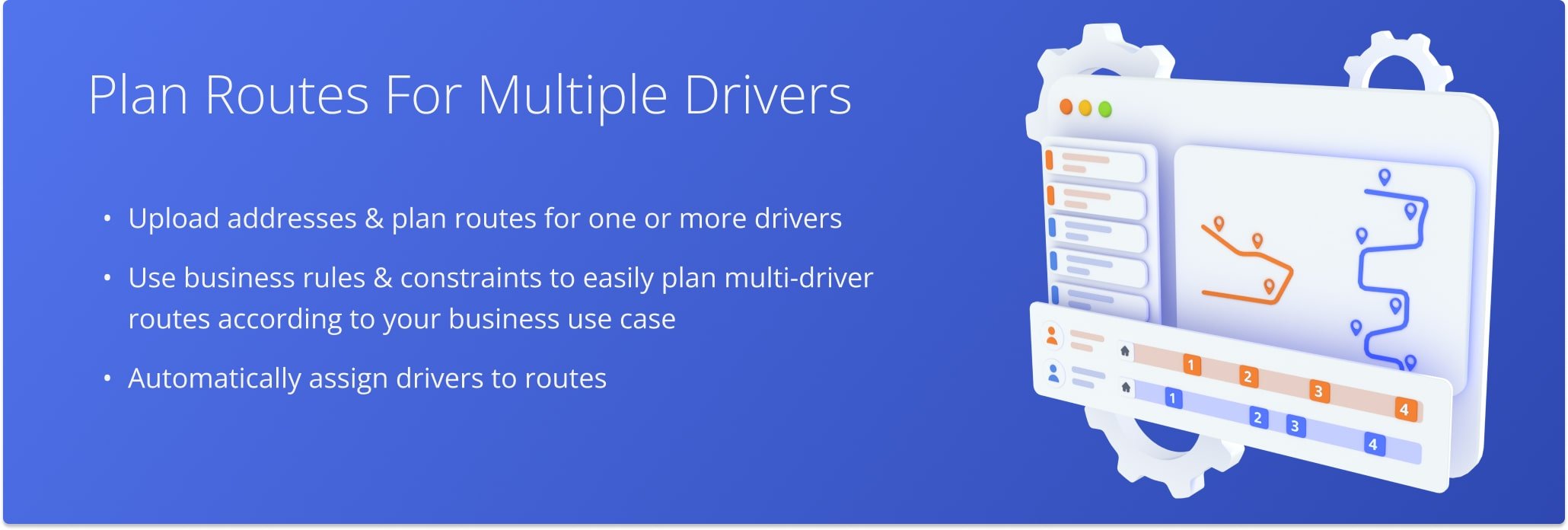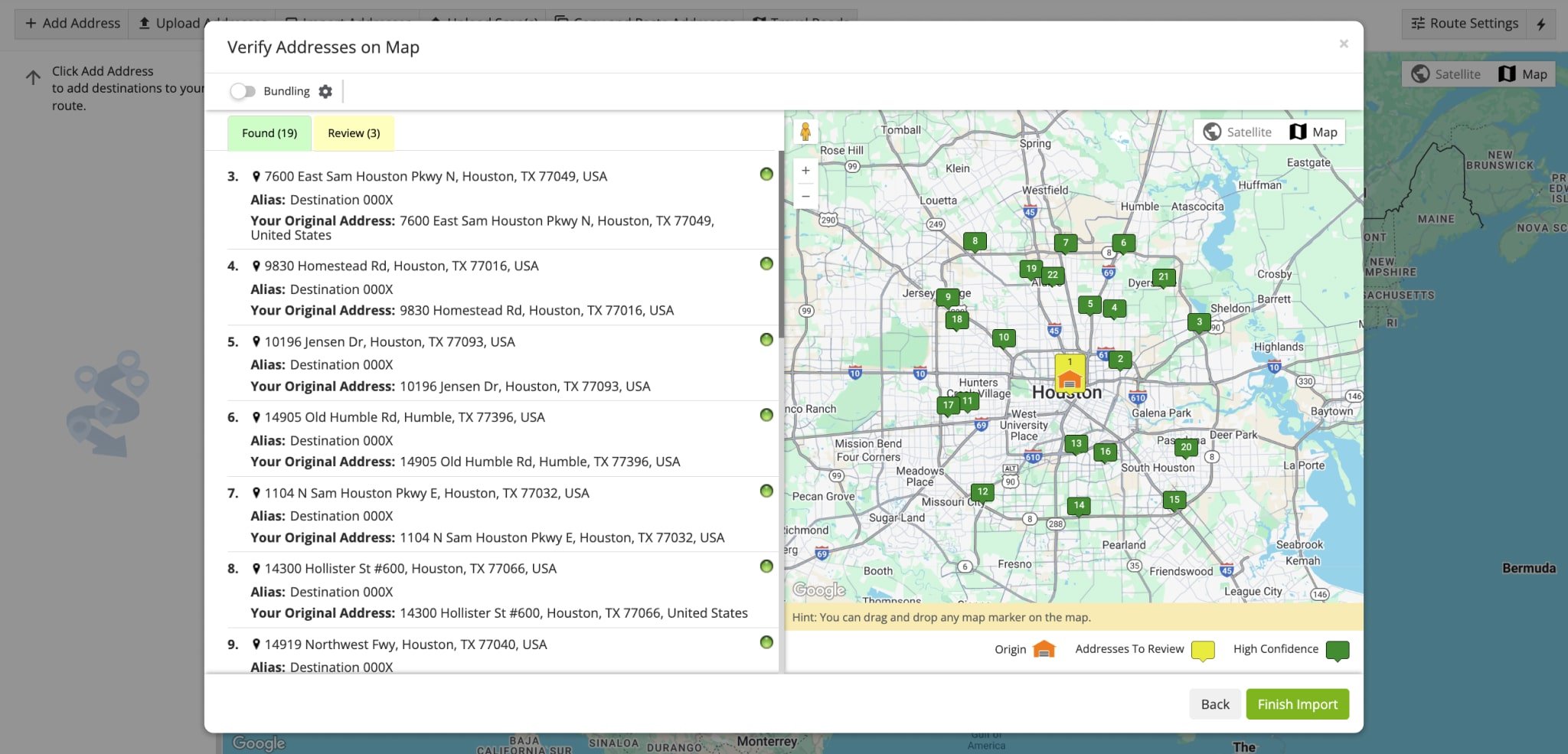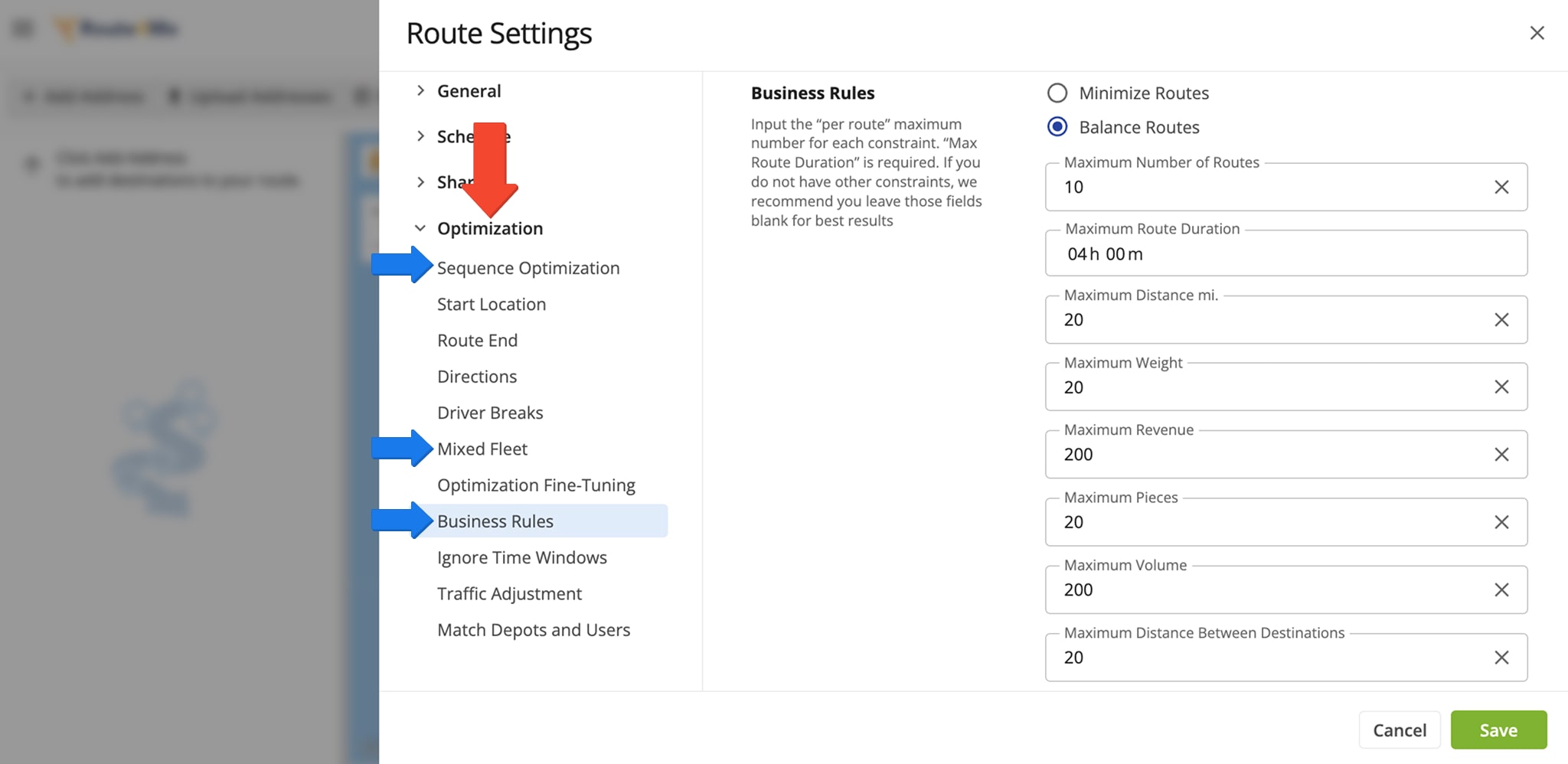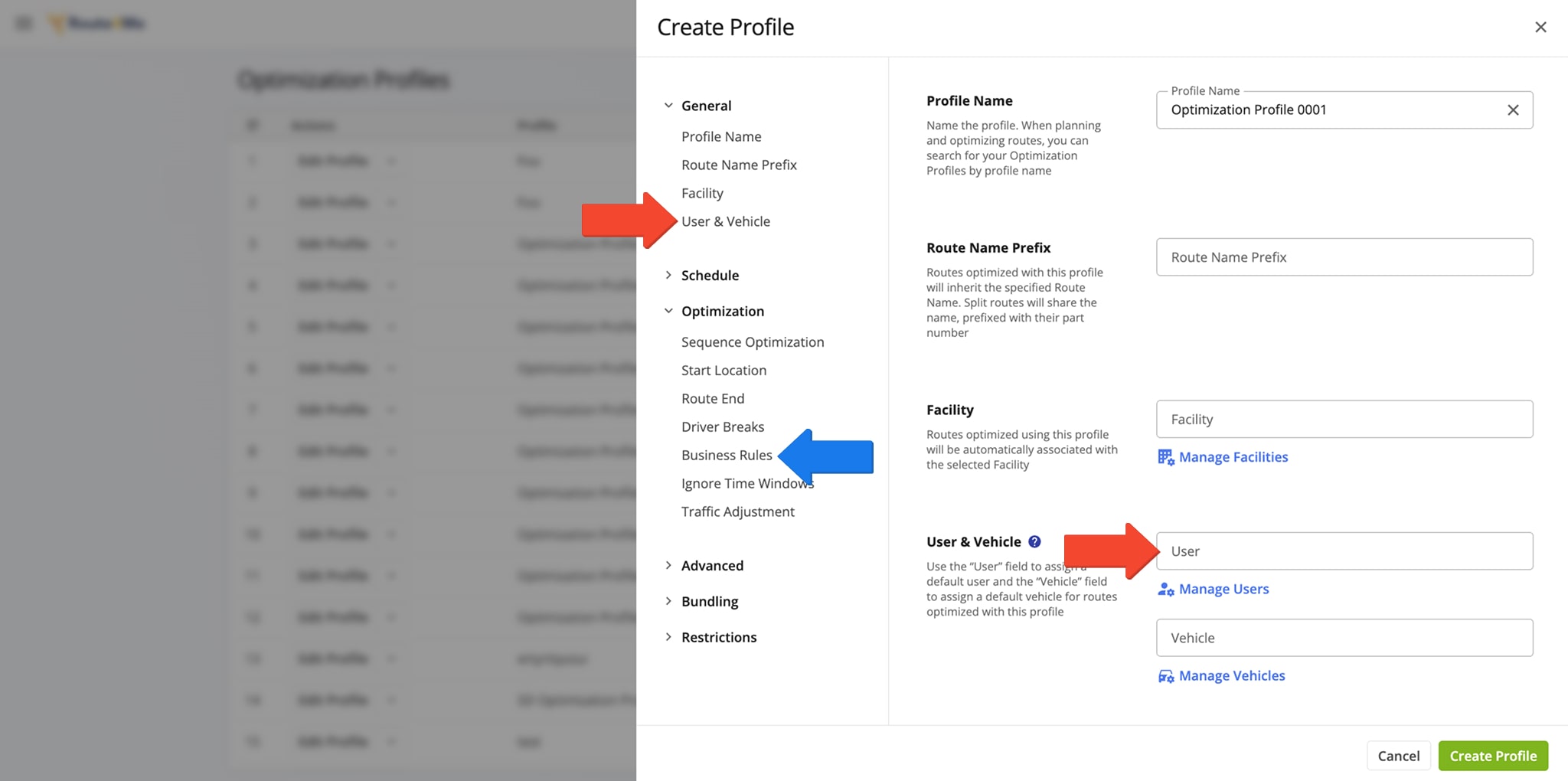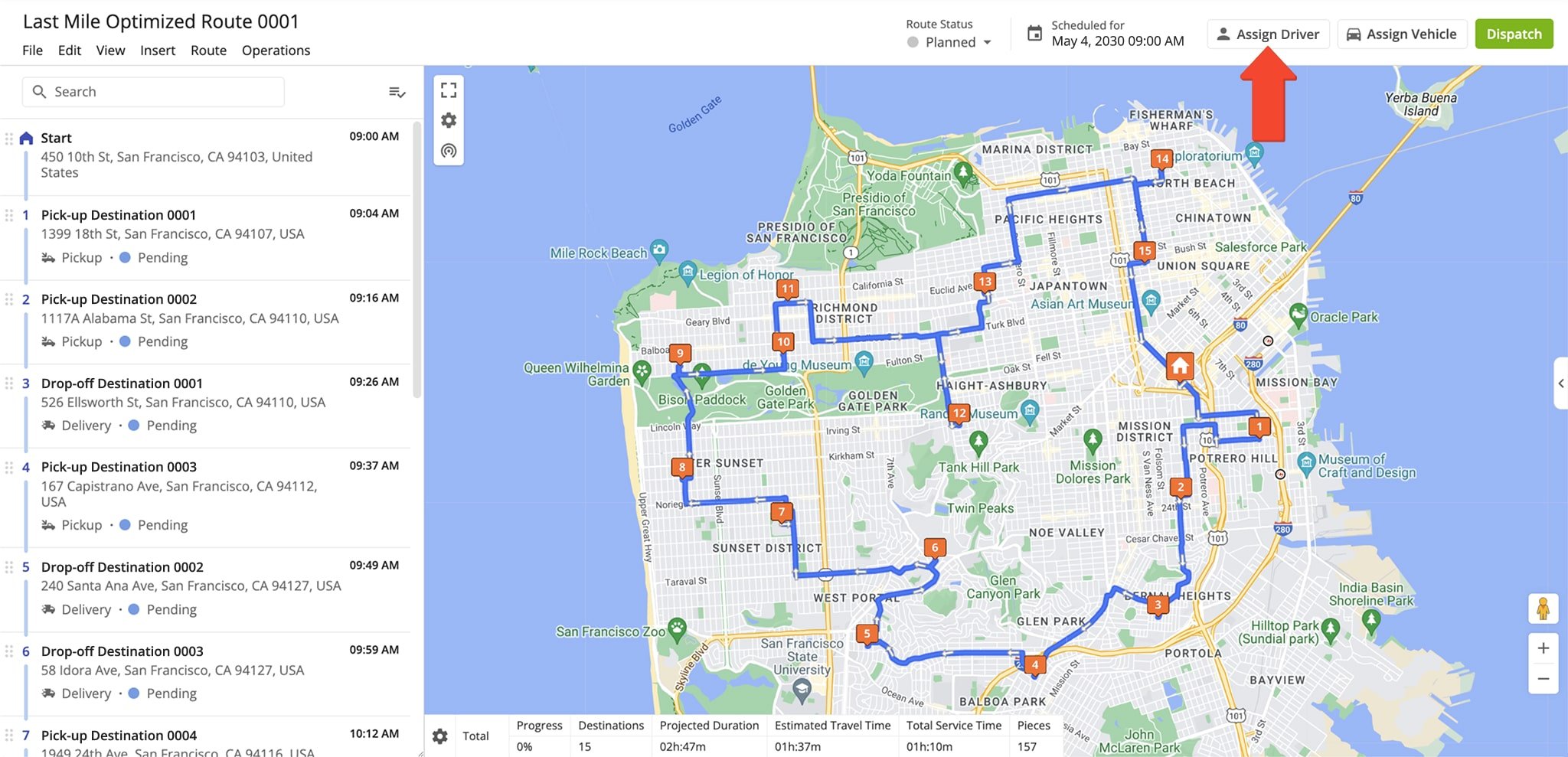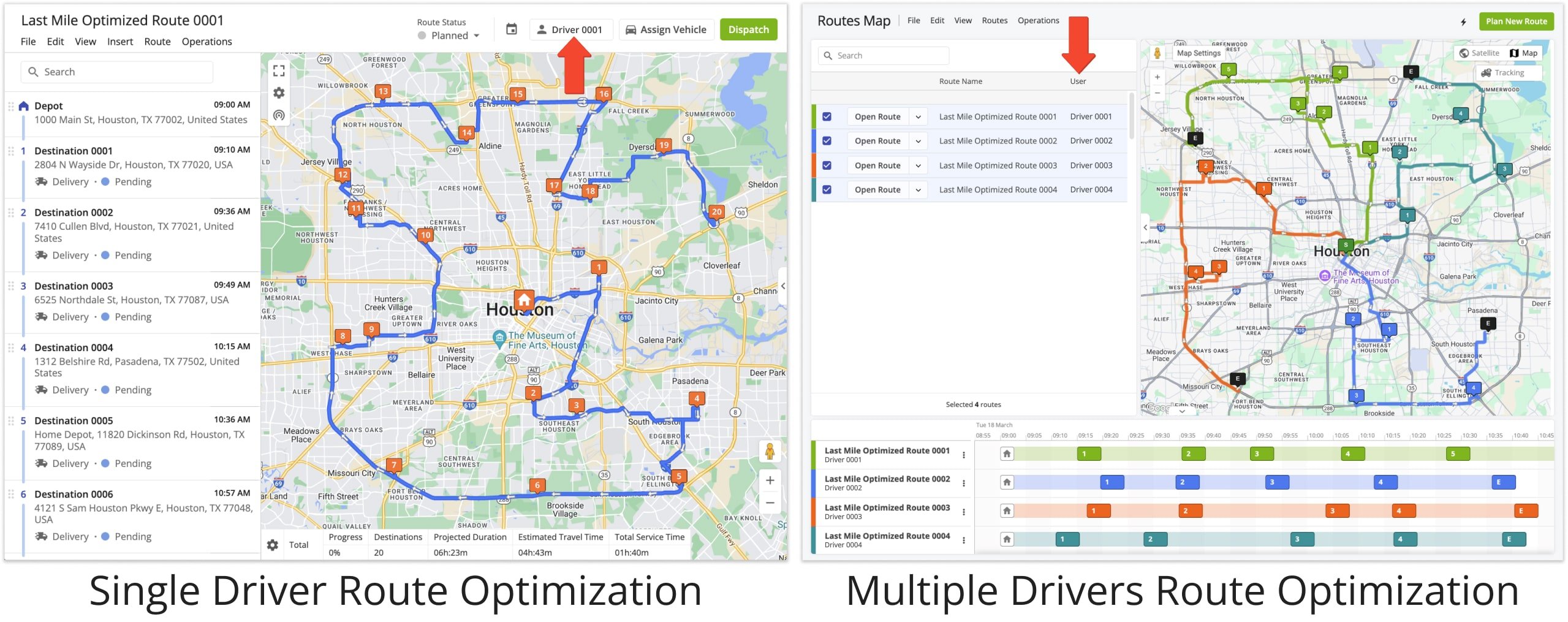Single Driver And Multiple Drivers Route Planning Guide
Planning a route with multiple destinations can be complex, especially when optimizing routes for multiple drivers. With Route4Me’s route planning and optimization software, you can easily find the most efficient sequence of stops to save time, minimize fuel expenses, and stay on schedule. Route4Me’s enterprise route planning solution simplifies both single- and multi-driver routing. Just import your addresses, adjust your Business Rules, and let our dynamic routing software generate the most optimized routes in seconds. Learn how multi-driver routing works and how it differs from planning single driver routes.
Table of Contents
Plan Single Driver Routes And Multiple Driver Routes With One Address Set
All you have to do to plan a route is follow these five easy steps:
- First, go to “Dynamic Routing” > “Plan New Route” in the Navigation Menu.
- Then, pick an address import method to select, paste, upload, or import your customer addresses.
- Next, select an Optimization Profile (optimization settings template) or click “Skip” to manually adjust optimization settings.
NOTE: You can later change optimization settings in the Route Editor after planning routes. - Proceed to import addresses for Address Verification and Geocoding.
- Finally, click “Finish Import“, and the system will plan the most optimal routes with your addresses.
For your convenience, whether you’re planning routes for one or more drivers from a single or multiple depots, the process is mostly the same. Keep reading to learn how and where you can change driver settings.
In the manual optimization settings, go to the “Optimization” tab. There, you can select the following options:
- Disable Sequence Optimization: Create one route that matches your imported address order without sequence optimization.
- Enable Mixed Fleet: Use Business Rules and constraints to automatically distribute destinations between routes and plan a specific or optimal number of routes that can be assigned to one or multiple drivers.
- Business Rules: Determine how many routes are created and how addresses are distributed.
Based on your settings and account parameters, Route4Me will automatically optimize your routes for one or multiple drivers.
When you create or edit a Route Optimization Profile, you can assign a User in the “User & Vehicle” tab in the “General” section and specify route optimization constraints in the “Business Rules” tab in the “Optimization” section.
Compare Single And Multiple Driver Routes With One Or More Depots
A single route can be assigned to a single User. When you plan one or more routes, you can specify a User to assign in an Optimization Profile or in your manual optimization settings, as described above. You can also plan multiple routes with the same depot or plan routes with multiple depots.
The image below shows a typical route in the Route Editor, where you can also assign a driver to the route if you haven’t already. When you plan a single route, the editor will automatically open, showing that route. When you plan multiple routes, the Routes Map will automatically open, showing those routes.
Below, you can see a comparison between single driver route optimization and multiple drivers route optimization with the same set of addresses and same depot address. Specifically, the single driver route includes all the addresses from the set and has a single assigned driver, while the routes planned for multiple drivers have addresses distributed based on optimization settings and have different assigned drivers.
With Route4Me, you can also use a single set of addresses to plan multiple driver routes that start from different depots. Simply specify which addresses are depots, and our multiple address route optimizer will distribute destinations in the optimal sequence for your multiple depot routes.
Visit Route4Me's Marketplace to Check out Associated Modules:
- Route Optimization
Mixed Vehicles Routing
- Route Optimization
Route Optimization for Multiple Drivers Without Advanced Constraints
- Route Optimization
Commercial Vehicle Route Planning
